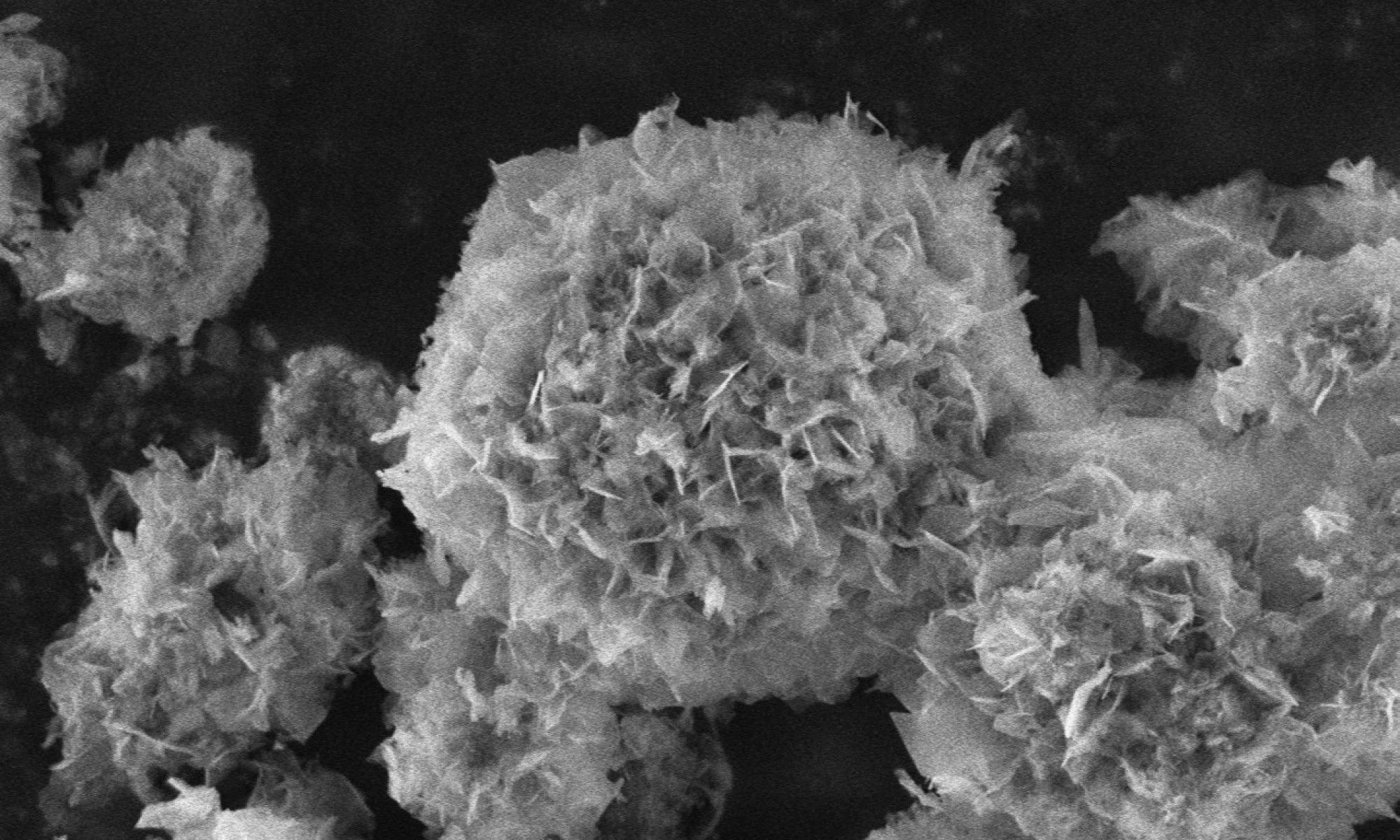The abstract of the paper is here:
The increasing use of TiO2 nanomaterials (TiNMs) in bone tissue engineering raises
concerns about their biocompatibility. To date, majority of biological testing was focused on the cytotoxicity of TiO2 nanoparticles and their composites. However, evaluation of immunocompatibility and effects on hemostasis is crucial for successful clinical applications of bone regeneration materials. Such data are scarce for TiNMs.
To fill this gap, this study aimed to investigate impact of TiNMs with different
morphologies and their composites with calcium deficient hydroxyapatite (CaDHA/TiNMs) on hemostasis, as well as the cell viability and inflammatory response of Jurkat T cells. Four different TiNMs, nanoparticles (TiNPs), nanoplates (TiNPls), nanotubes (TiNTs), nanowires (TiNWs), and their composites with CaDHA were studied.
Among investigated materials, the least effect was observed for CaDHA. Effect on plasma coagulation was observed only for TiNPs, which shortened the prothrombin time. All TiNMs affected global hemostasis, especially the elongated TiNWs. Coating TiNMs with CaDHA resulted in a less pronounced effect compared to TiNMs. No significant effect on the viability of Jurkat T cells was observed for TiNMs, while composites increased it. Analysis of the expression of pro- inflammatory (IL-6, IL-8 and TNFa) and anti-inflammatory (IL-10) cytokines indicated inflammatory potential of investigated materials. Among TiNMs, TiNWs had the most pronounced pro-inflammatory effect, while CaDHA/TiNTs and CaDHA/TiNWs showed the most pronounced effect among composites.
The obtained results confirm the potential of investigated materials for biomedical
applications. However, further studies are needed to establish a more precise relationship between the materials’ physico-chemical properties and their biological effects, thus ensuring their safe application.
